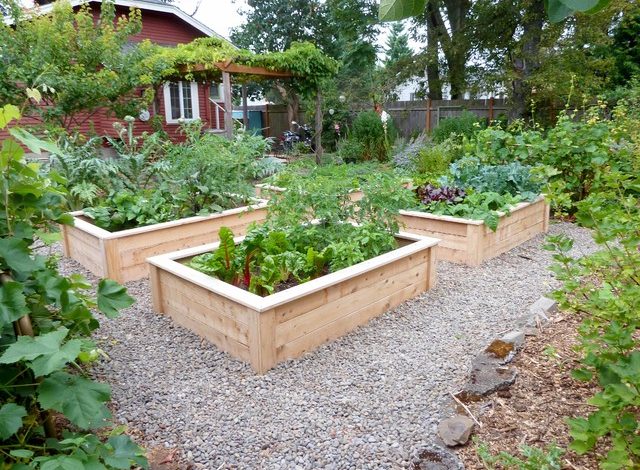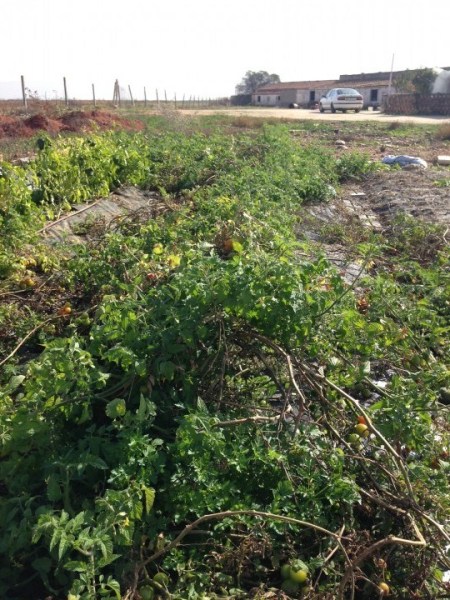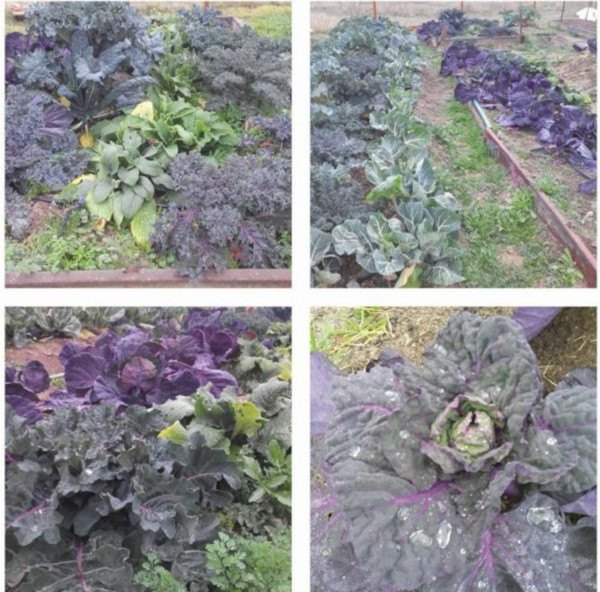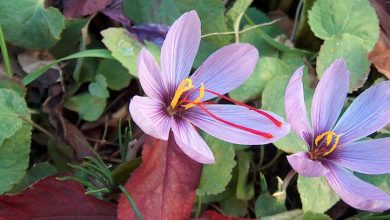What to do when the garden is finished. Work after the harvest

Very good to all Agrohuerters! Autumn begins and many of us are finishing the harvest of the orchard. As we all know, the plants in the orchards are not infinite and there comes a time when the orchard is finished, its useful life comes to an end.
When we are no longer going to grow the plants in the garden, either because the productive cycle of the plant ends and it no longer produces, because the cold kills it or because we decide to use its space to plant something else, we might think… And now that?What can we do when the garden is finished?
In today’s post I will tell you about the end of my orchard (you can see it in this video on the Agrohuerto TV channel) and some tips on things we can do when the orchard is finished.
What to do when the garden runs out
The moment in which the orchard ends is relative, it is different in each orchard and depends mainly on the conditions of your soil and the climate. Surely some year a poinsettia (poinsettia) has lasted for months and another year only a few weeks… Well, this is similar, although you always have indicators that show you that the disaster is imminent, such as the plant stalling its growth or beginning to be Less productive week to week.
At this time it is advisable to carry out a series of simple tasks so that the space maintains the ideal conditions to grow again.
Tasks in the garden after the harvest
The first thing is to kill the weeds, you probably have this task more or less up to date if you have been aware of the orchard during its last months of life…
In my case, I had to go to the city, leaving the garden to grow wild and free for about 2 months, so when I revisited it, I found a real jungle of weeds that I had to remove (something I do not recommend to anyone). Weeds or crop debris themselves are an excellent source of food and shelter for pests such as aphids, which take refuge and lay their eggs on the undersides of leaves and stems.
Weeds or crop debris themselves are an excellent source of food and shelter for pests such as aphids, which take refuge and lay their eggs on the undersides of leaves and stems.
These insects are very dangerous as they can be carriers of phytosanitary diseases that inoculate the plant through their stylet. I will not elaborate on this further because you have a very good article by Lucía on the control and elimination of aphids in organic gardens and other posts in the «Pests and diseases» category on natural pesticides or organic insecticides for pests.
That said, we must remove all these possible food sources so that there is nothing left over there, in this way we also prevent other parasites from laying their eggs in the soil or on those plants, eggs that could affect the crop later when they hatch in spring.
Once we have removed the weeds, it is necessary to also eliminate the remains of the previous crop, first look at each bush to see if there is still something to collect… This task will probably not be easy if it has not rained for a long time. As always, root crops must be removed and if the soil is not moist or somewhat loose it will be a real cement block anchored to a deep and highly branched root, so I recommend moistening the soil a little before uprooting the plant or using a hoe to weaken that cement around the root.
What to do with the remains of the crop when the garden is finished
After carrying out these operations we will have a veritable mountain of plant remains divided into more woody parts (trunks and roots) and greener parts (leaves and stems). You will probably also find yourself in this situation after pruning, so everything I say below is also valid for that type of remains.
Important, you can do almost anything with them except burn them, no fire!
The most advisable thing is to crush the crop residues with a shovel or one of the other gardening tools to incorporate them into the compost bin. Make sure that no acid residues enter, such as citrus fruit residues, which can spoil the PH of the compost.
In a few months, this garden waste will become a wonderful fertilizer to incorporate into the land and your next plantation will grow more vigorous and produce much more. If you don’t know how to create your own compost, here is a very good article: How to make homemade compost step by step.
You can also bury the green remains inside the ground, especially if it is legume remains (pea remains, beans, chickpeas, etc.). These remains will decompose little by little, releasing the nitrogen they contain and improving the nutrient content of the soil.
If you have domestic animals in the garden, see chickens etc. you can throw the green remains, they will eat them improving the quality of your eggs:
The most woody remains can be crushed to create vegetable covers for your corridors or padding your land, you can also use them as a barrier against the cold in tree trunks, etc.
Setting up a new garden: the winter garden
After dismantling the garden and removing the plants and weeds after the summer harvest, we can choose to re- cultivate some winter plants such as cabbages, garlic and onions, leeks, carrots…

In the article Winter plants: what vegetables to grow in autumn and winter you can see which are some of the garden plants that can be grown in the cold.
Also, when the garden is finished, there are other options such as growing green manures so that the soil recovers and is fertilized for the next season. You can find other ideas in the post Winter: 7 things we can do in the garden.
I hope that now you have more uses in your head to give your garden waste and you do not have to resort to fire to eliminate it, I also remind you that a neglected garden is a hotbed of future problems and you must always keep it in good condition.
All the best

![Photo of Plant Bougainvillea or Bugambilia in your Garden: [Complete Guide]](https://www.complete-gardening.com/wp-content/uploads/2022/08/plant-bougainvillea-or-bugambilia-in-your-garden-complete-guide-390x220.jpg)
![Photo of Aphids: [Characteristics, Effects, Detection and Treatment]](https://www.complete-gardening.com/wp-content/uploads/2022/08/aphids-characteristics-effects-detection-and-treatment-390x220.png)

![Photo of Cucumber Diseases: [Characteristics, Types, Detection and Treatment]](https://www.complete-gardening.com/wp-content/uploads/2022/08/cucumber-diseases-characteristics-types-detection-and-treatment-390x220.jpg)